Welcome back to our 7-day reading series called 3 Important Skills Needed for Reading.
Today, we’re going to camp on phoneme segmentation. If you’ve missed Part 1 and Part 2 of phonemes, I highly recommend going back and reading those first for background, as these skills build on one another.
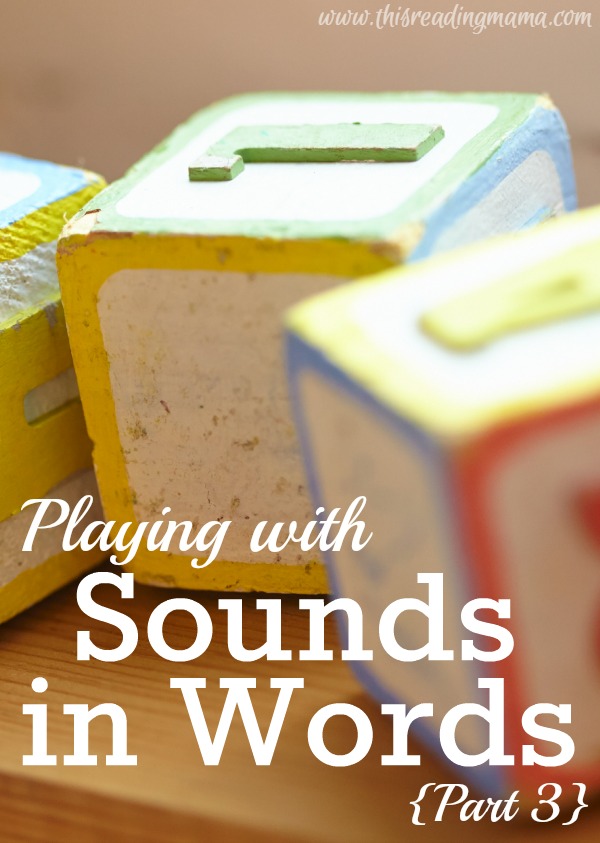
Phoneme Segmentation
There are many ways to work on phonemic segmentation, but I would like to highlight two of my favorite ways: Elkonin boxes & spelling words.
Elkonin Boxes
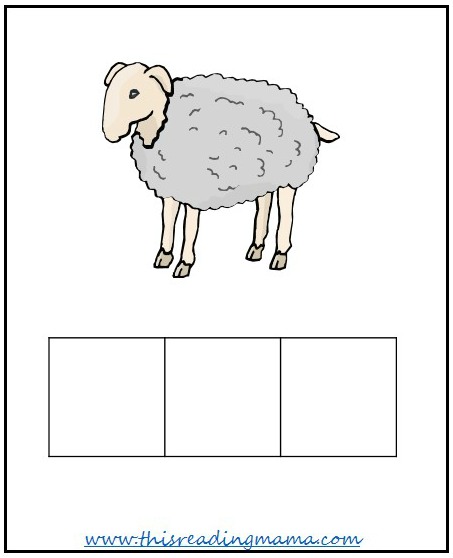 Elkonin Boxes are squares (or boxes) drawn side-by-side to represent the number of phonemes or sounds in a word, like you see above. Students listen for the individual sounds they hear in a word. Then they put a counter or other kind of object (like a penny or bean) in each box to to represent the sounds they hear in the word.
Elkonin Boxes are squares (or boxes) drawn side-by-side to represent the number of phonemes or sounds in a word, like you see above. Students listen for the individual sounds they hear in a word. Then they put a counter or other kind of object (like a penny or bean) in each box to to represent the sounds they hear in the word.
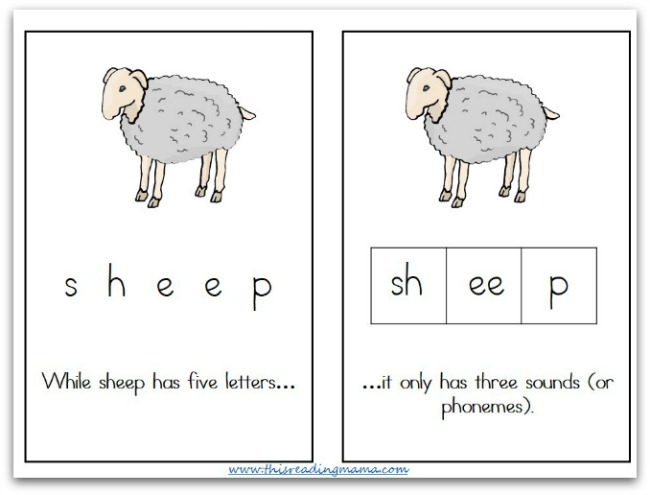 Note that the number of phonemes and the number of letters in a word may differ. For example, sheep has 5 letters, but 3 phonemes. SH makes one sound /sh/, EE makes one sound /e/ and P makes one sound /p/. Elkonin boxes are a great way to scaffold or support a young speller. They encourage the young child to listen for sounds in words.
Note that the number of phonemes and the number of letters in a word may differ. For example, sheep has 5 letters, but 3 phonemes. SH makes one sound /sh/, EE makes one sound /e/ and P makes one sound /p/. Elkonin boxes are a great way to scaffold or support a young speller. They encourage the young child to listen for sounds in words.
Online Resources for Phoneme Segmentation
- Counting Sounds in Words– with a FREE printable pack!
- NO PREP Phoneme Dot Pages
- Free Elkonin Boxes from The Measured Mom
- Check out our FREE phoneme counting cards, to help counting phonemes become more tangible and visible
Once a child can successfully identify sounds in Elkonin boxes, a way to give him a little more independence in the task would be to say, “I’ve got 6 beans on this table. I’m going to say a word. Listen for the sounds you hear in the word and push a bean forward for each sound you hear.”
Invented Spelling
Another great strategy for developing the ear for phonemic segmentation in early readers is spelling! And how a young child spells a word clues you in on her level of phonemic awareness. For example, a child who spells B for bus has less knowledge about how the sounds in words work than a child who spells BOS for bus.
Invented (or phonetic) spelling is a great way to allow young writers to stretch their phonemic “wings” and explore sounds in words. Here is how you can do it:
Child: “Mom, I want to spell getting.”
Mama: “Okay, let’s s-t-r-e-t-c-h out the word and see what sounds we can feel in our mouth.” Say the word very slowly. “What sound did you feel/hear at the beginning?”
Child: “A g!”
Mama: “Good, write that down. Now, let’s say the word again and listen for the next sound you hear/feel.”
The child may or may not be at a word knowledge level where she hears or feels the e and that’s okay. If she misses the e and goes straight for the t, here are a couple of things you might say (and both work equally well). It all depends on what you think your child can handle as to which strategy you use.
- You can model by saying, “Yes, you did hear a t. Great job! But I also heard an e.” Say getting again and really emphasize the short e sound. “So, let’s write an e before the t.”
- You can praise her efforts, having her write down the t and move on.
Continue doing this with the entire word. At 5.5 years of age, ALuv’s most recent spelling of getting was GETG.
Stretching out the words as he spells makes him more aware of the sounds he feels in his mouth and hears with his ears when he says a word.
More FREE Resources on Invented Spelling:
- Invented Spelling: The Good, the Bad and the Ugly
- Invented Spelling: the Do’s and the Don’ts {The Measured Mom}
- Invented Spelling: What the Errors Tell Us
- Spelling Strategies and Resources to Encourage Independent Spelling
Find ALL our Reading Readiness printables.
Enjoy teaching!
~Becky
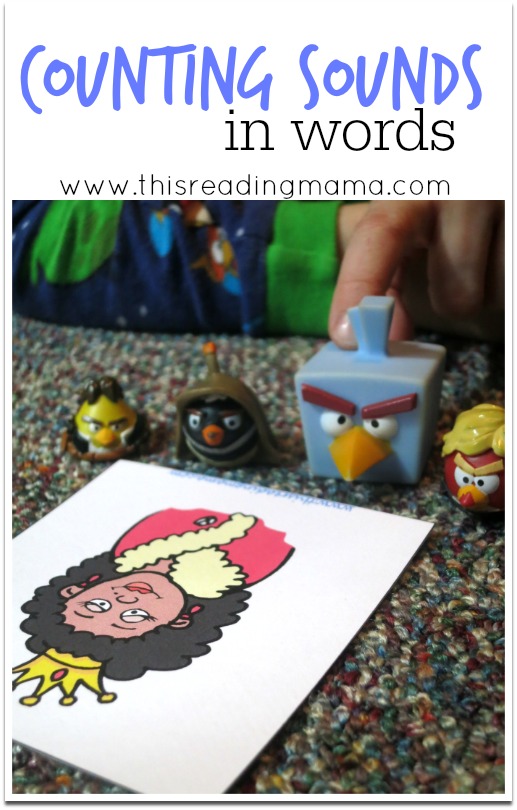


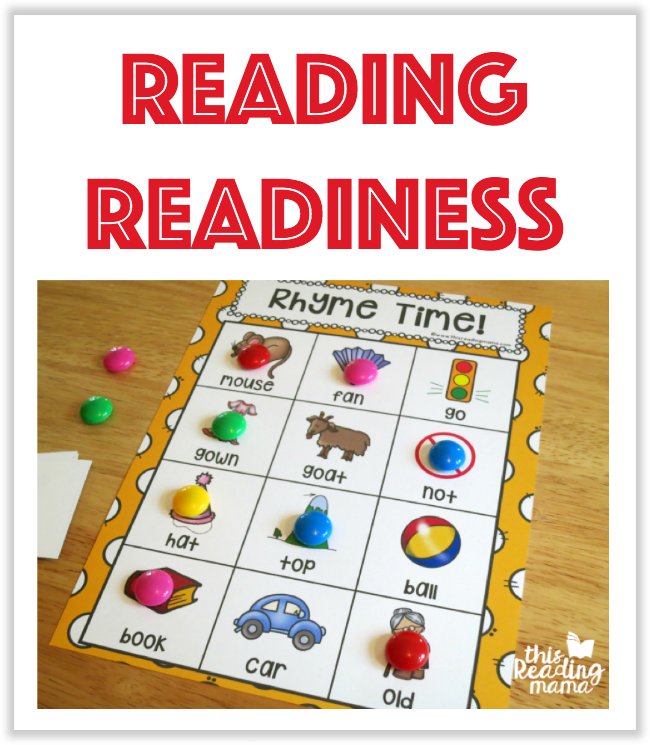
This is a really good post!